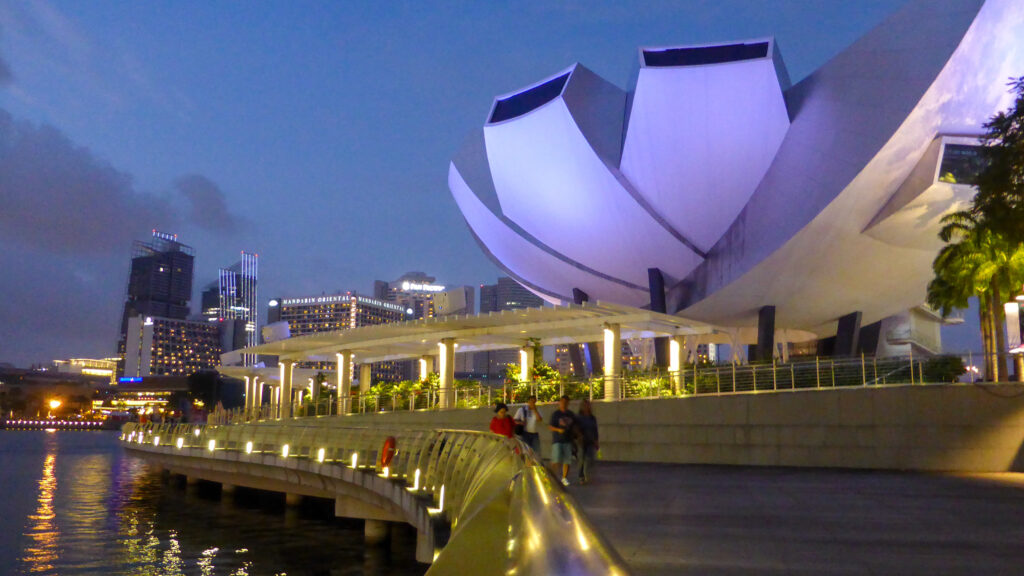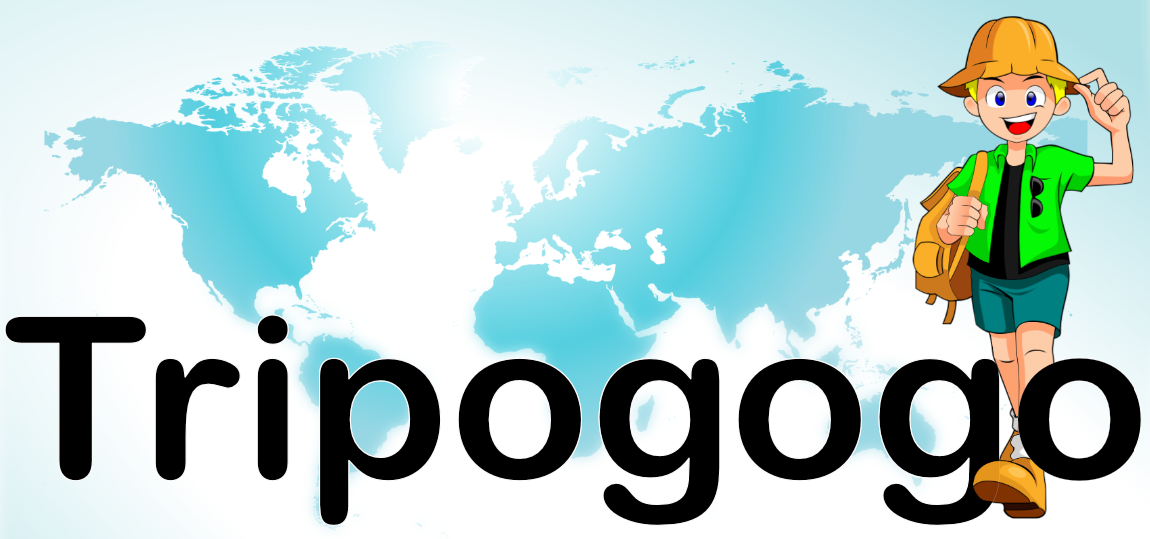Singapore has always been the hub of trade for multinationals and individuals from all around the globe. Singapore is officially known as the ‘Republic of Singapore’ and it lies just one degree to the north of the equator. It is a territory that boasts of just one major island and six (6) smaller islands in its territory. It is amongst one of the largest cities in South-eastern Asia and about the 113th largest country in the world.
The island city is just a few moments off the southern part of Malaysia and surrounded by other south-east Asian countries, the closest being Thailand, Indonesia, and Vietnam.
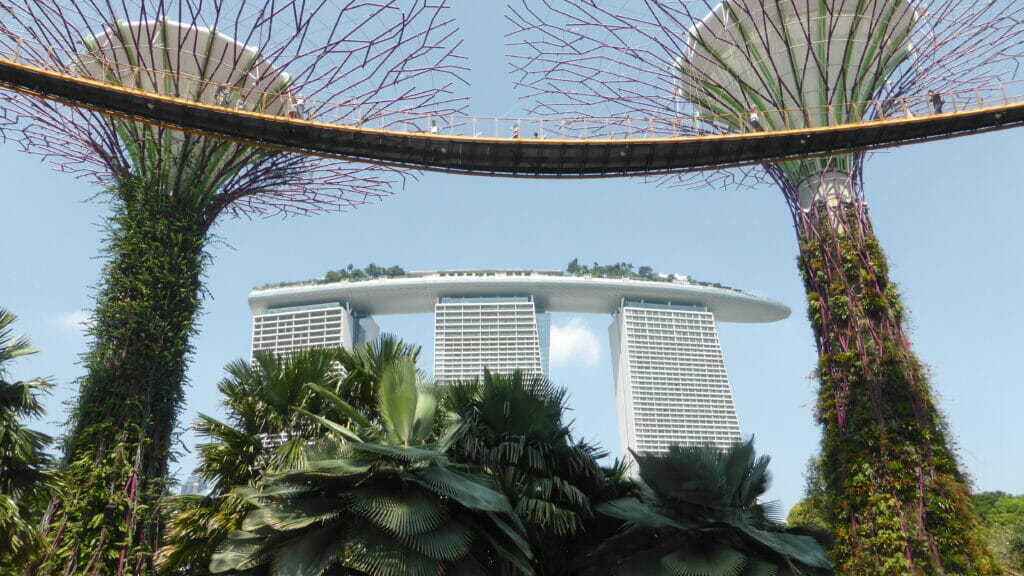
BRIEF HISTORY (ANCIENT SINGAPORE)
Singapore’s detailed history might have been truncated due to time, but according to what is obtainable in the records, the country was discovered in the early third century. According to the oldest account (third century Chinese account), the region was described as ‘Pu-luo-chung’ which is translated to English as the ‘island lying at the end of a peninsula.’
The first settlements became established from AD 1298 through 1299 and then the region became known as ‘Sea Town’ or ‘Temasek.’
It was in the 14th century however that the name of this strategically located region was changed. Popular legend believes that the name was changed to ‘Singapura’ by the prince of Palembang after he (the prince) went hunting and came in contact with an animal that looked strange to him. He took it as a sign of something good and established a city in the region where he found the animal.
Singapura, translated from early Sanskrit signifies ‘Lion City’ as ‘Simha’ stands for ‘Lion’ and ‘Pura’ means ‘City.’
Singapura was a land that flourished as it was the hub of many merchants from different parts of the world who came to buy and sell goods such as battleships, junks, and schooners.
MODERN SINGAPORE
Because of it’s strategic location (which was considered as one of the best locations for trading), the city of Singapura had lots of merchants from all over the world coming down to do business.
However, it wasn’t until the 14th century that the modern ‘Singapore’ came into existence. Politics and obviously trade played a huge role in the establishment of modern Singapore but another effective factor was a man named Sir T. S. Raffles.
As effective trade was booming in this region, the British authorities were looking to place a stronghold in this location, and also knowing that the Dutch had the same in mind, they were devising means of keeping them (the Dutch) at bay. He was the Lieutenant Governor of the then Bencooleen which is known as Bengkulu today.
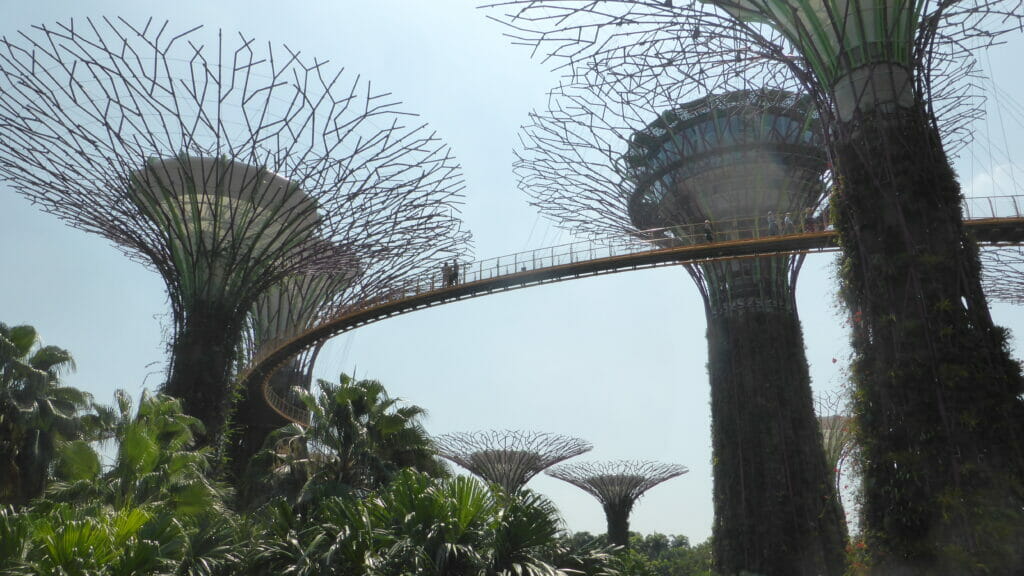
He went on to use his powers to establish a treaty with the locals which saw Singapore become a huge entrepot that attracted visitors from India, the Archipelago, China, and other strong nations of the world.
In 1822, Raffles began to execute his plans of curtailing the excessive mischief by locals and visitors in the region by dividing it into four parts. One part was the European town where most Europeans and many rich Asians resided. The Chinese in the area were made to occupy a separate region which has come to be known as Chinatown today. The Chulia Kampong and the Kampong Glam that lie north of Chinatown were dominated by Indians and other ethnicities respectively.
Singapore continued to develop and grow as there began to spring various commercial associations, banks, and Chambers of Commerce.
SINGAPORE’S CURRENT POPULATION DISTRIBUTION
According to the most recent statistics on the population of Singapore, the population was pegged at 5,612,300 inhabitants. The total land area occupied by these people is estimated to be 721.5 km2.
About 74.5% of the population is of Chinese ethnicity, 13.3 are of Malay ethnicity, 9% Indian and the other 3.5% comprises of various other ethnic groups.
Singapore can be regarded as a highly religious country because it has just 18.5% of its population who do not practice any form of religion. More than 80% of the population are either Christians, Buddhists, Taoists, or Muslims. The largest group is the Buddhist group. About 33.5% of the population of Singapore practice Buddhism while a meager 19% are Christians. 14% are Muslims and 10% practice Taoism and folk religion.
LANDMARKS AND TOURISTS ATTRACTIONS IN SINGAPORE
According to many, Singapore is a playground for rich individuals. Obviously, looking at the various edifices and infrastructures in this little city-state, there is no denying that wealth and lavishness are everywhere.
Asides from the world-class shopping malls, fine restaurants and delicacies, and numerous luxurious hotels, Singapore offers some different ethnic zones and quarters that are clothed in a shinning history and this makes a visit to this location to be worth every stress.
There are various must-see attractions in Singapore and travelers have no excuses if they fail to see at least one of these because the transportation around the city-state is quite easy and convenient. Although prices of things may be a little higher when compared to prices in Vietnam and Thailand which are just nearby, Singapore is one of the best south-east Asian countries to be.
Below are a few tourist attractions and landmarks in Singapore.
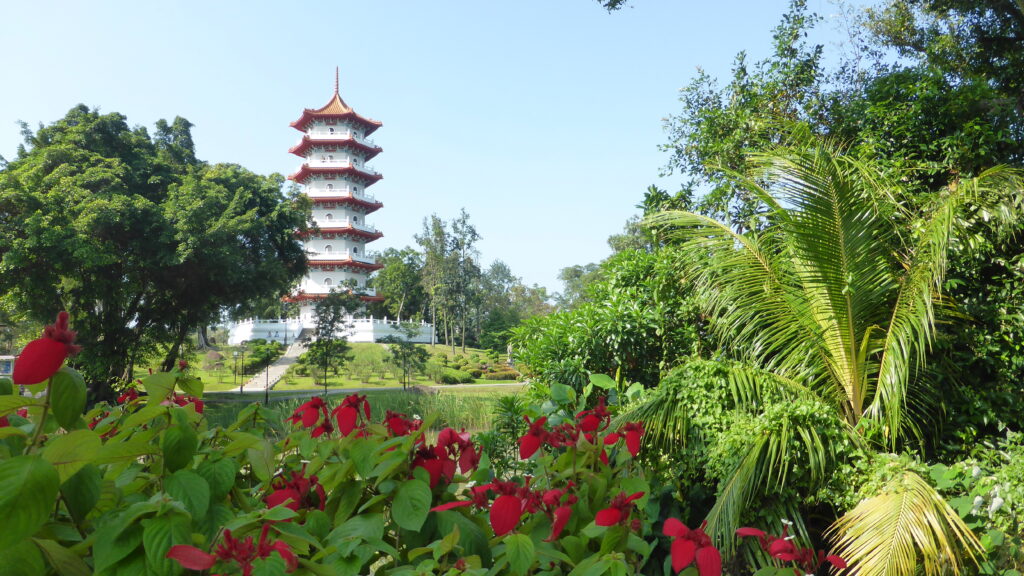
1. Orchard Road:
Every turn at Orchard Road is littered with several high-end shopping malls. The neighborhood has 6 departmental stores and 22 shopping malls. It also has 4 cinema houses, several world-class restaurants that serve intercontinental cuisines, and 1 IMAX.
2. Fort-Canning Park:
Fort Canning was a military base and was built in 1859. During the wars in yesteryears, the fort was critical in the defense mechanism of the country. Today, the park is used for various entertaining arts, picnics and a store for various relics of Singaporean history such as the personal bungalow of Sir T.S. Raffles.
3. Changi Chapel and Museum:
This museum is mostly visited by history lovers as it tells the story all over again of how the country suffered while it was still under the Japanese and the horrific scenes of World War II. The photographs, letters, and sculptures found in this museum depict the brutality and incarceration suffered by innocent men, women, children, and even soldiers who refused to bend to the rulership of the Chinese and were locked up in the Changi prison.
4. Raffles Hotel:
Raffles Hotel is one of the remaining 19th-century hotels in the world. Various renowned men have visited this hotel including the famous Charlie Chaplin. The hotel is home to delicious meals and has served the people of Singapore for more than a century. The building tells a lot about Singapore’s architectural history and is situated in Singapore’s Colonial District, which is home to various other historical edifices in the country.
5. Chinatown:
The name bares it all. There is no principal difference between Chinatown in Singapore and the real China. Everything is the same from the shiny red lanterns to the shop’s settings and cuisines. The little town is quite busy and full of life as it harbors the Sri Mariamman Hindu Temple and the Budha Tooth Relic Temple.
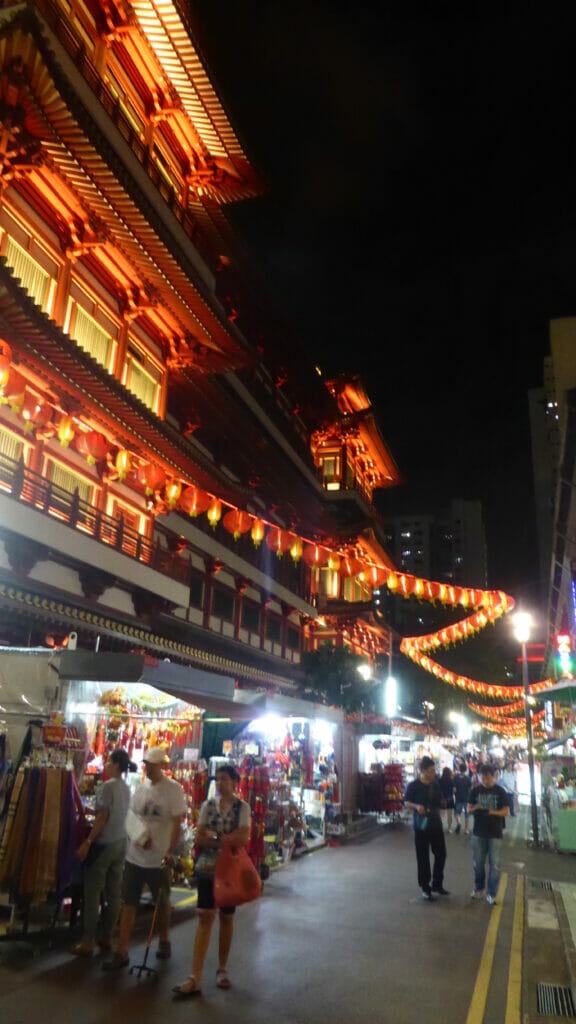
6. The Singapore Flyer:
This is just one of the many engineering wonders found in Singapore. It is the world’s biggest observation wheel where you can take a glance at the whole city and enjoy its captivating skyline. The observation wheel packages are segregated such that different packages get you to see different destinations and it goes as far as the Malaysian Straights of Johor and the Indonesian Spice Lands. The flight services last for 24 hours but each flight session is 30 minutes.
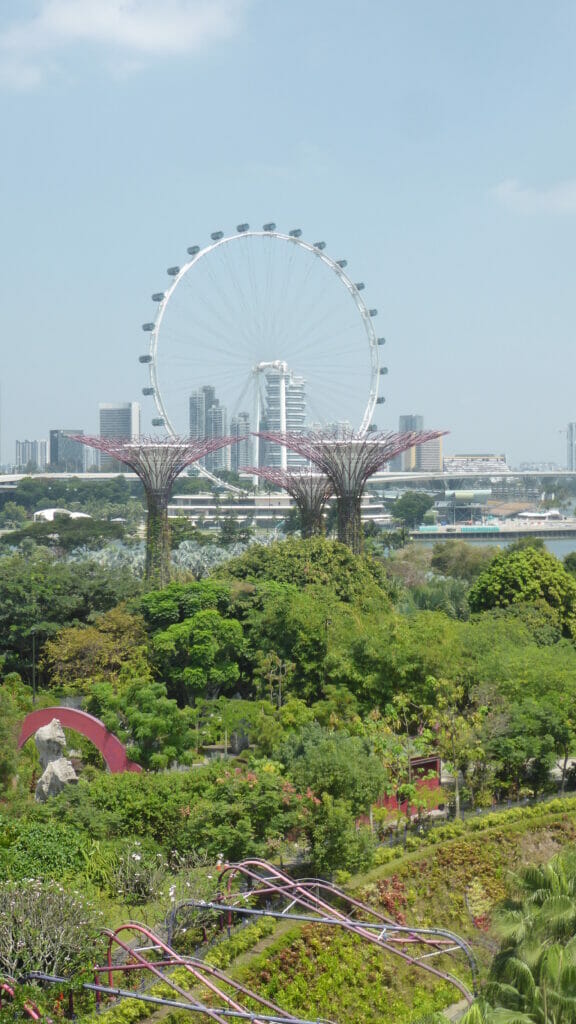
7. Little India and Arab Street:
Singapore is known for its diverse neighborhoods. A country filled with delicious cuisines, rich historical traditions, and hospitable locals is exactly what Arab Quarters is all about. The fusion of Indians and Arabs in this neighborhood is not surprising as Indians have been around in Singapore for more than two centuries. This neighborhood is beautiful and friendly, where every Indian and Arabic local holiday is observed and it is home to the famous Sri Veeramakaliamman Temple. A more prominent edifice in the Arab quarter is the Sultan Mosque which was built in 1825.
Although the above-mentioned places are all a must for tourists, there is one place that is a must-see for every single individual that steps foot into Singapore. It is the Singapore Zoo that first opened on June 23, 1973.
The Singapore Zoo is an award-winning zoo and it is the pride of Singapore. It is the most impressive and best rainforest zoo in the whole world. The zoo, located at 80 Mandai Lake Road has a landmass area of 69 acres. It is known popularly by locals as the Mandai Zoo. There are over 2,600 animals (from about 300 species of birds, reptiles, and mammals) that are found in this zoo. Some notable animals include the Sheba and the Inuka.
The zoo is kept very clean and tidy with well-treated animals and lush vegetation. Visitors have the luxury of watching animals like the orangutans, zebras, komodo dragons, meerkats, and chimpanzees feed and live in their own space in the animal community.
Adventurous visitors can also indulge in the night safari or a river safari via the ‘giant panda forest’ as well as visit Jurong Bird Park. The zoo opens at 8:30 am and closes by 6 pm every day.
